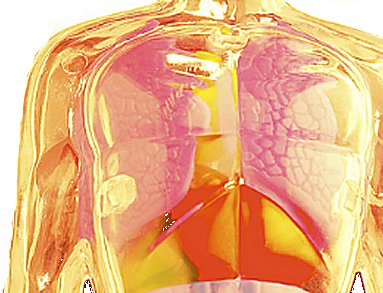Ken Donaldson and colleagues, University of Edinburgh, UK, investigated the potential health risks of inhaling graphene particles. They used graphene nanoplatelets (GPs) up to 25 µm which are commercially available and consist of several sheets of graphene to test how inhaled from a solution as it evaporates they affected the lungs of mice. Although the particles look big, because they’re flat and plate-like, they act like they’re smaller. The unusual aerodynamic properties of the CPs allow them to get as deep into the lungs as spherical particles a tenth of the diameter.
Once in the lungs, the immune response is ineffective at removing them. Particles would normally be engulfed and cleared by macrophages, but the GPs’ size means they cannot be completely engulfed by a single macrophage cell. This causes inflammation and potentially has more serious implications for long term exposure.
The reseachers suggest that nanoplatelets pose a novel nanohazard and structuretoxicity relationship in nanoparticle toxicology.
They suggest that potential risks to humans from PPexposure could be minimized by manufacturing platelets small enough to be phagocytosed by macrophages.
- Graphene-Based Nanoplatelets: A New Risk to the Respiratory System as a Consequence of Their Unusual Aerodynamic Properties,
Anja Schinwald, Fiona A. Murphy, Alan Jones, William MacNee, Ken Donaldson,
ACS Nano 2012, 6 (1), 736–746.
DOI: 10.1021/nn204229f



